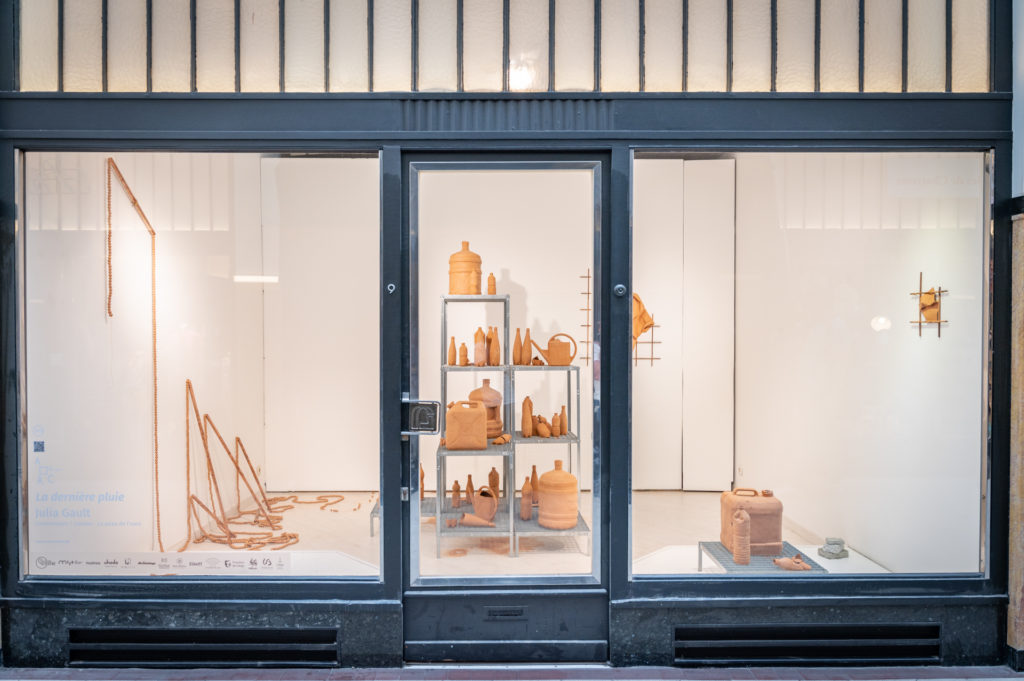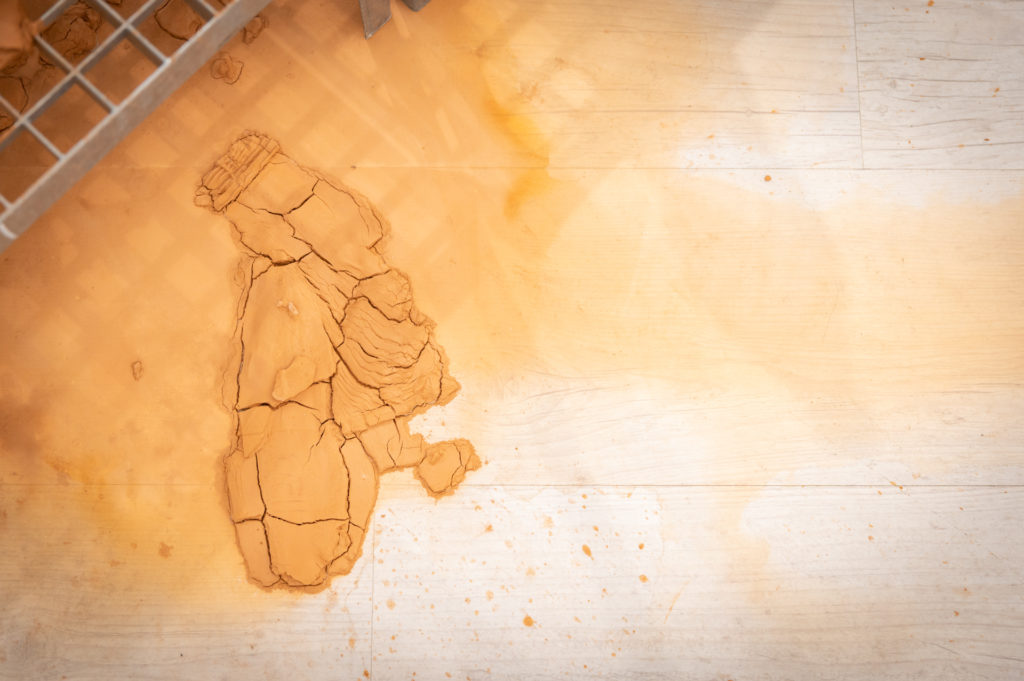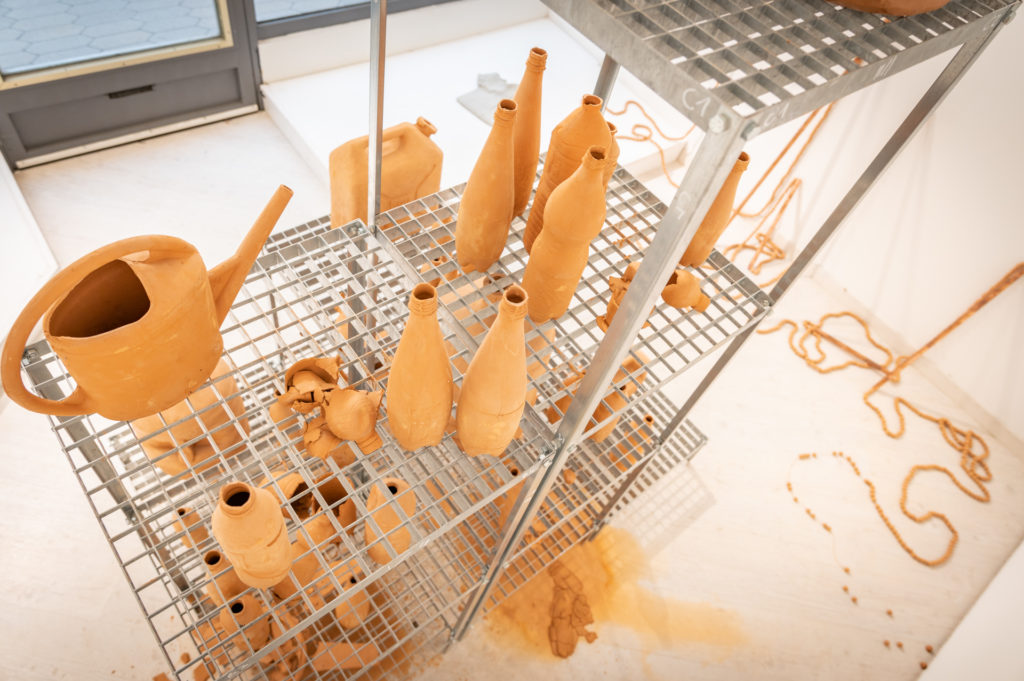-
The price is worth it
Acher
Boulevard d'Avroy 28-30
-
TO DO
Hilal Aydoğdu
100 Rue Saint-Gilles
-
V – 150360/1 p. 204, 265, 266
Dóra Benyó
1 Féronstrée
-
Fausse bonne nouvelle
Juan d’Oultremont
31b Rue de la Cathédrale
-
Et fouisse toujours on trouvera bien
Gaspard Husson
18 Rue de l'Etuve
-
La constellation du navire Argo
Sarah Illouz & Marius Escande
Hôtel de la Cour de Londres 40 Rue Hors-Château
-
One Line (… Better Than On – line!)
Marin Kasimir
31a Rue de la Cathédrale
-
Cityscape
Sarah Lauwers
29 Rue de l'Université
-
Traversées
Alexiane Le Roy
3 Rue de la Cathédrale
-
Mécanique d’un mur
Raphaël Maman
9 Passage Lemonnier
-
Vapeurs
Eva Mancuso
5 Rue Chéravoie
-
Don’t cry over spilllllled tears anymore
Francisca Markus
7 Rue Saint-Remy
-
Actions !
Maxence Mathieu
56 Rue Saint-Gilles
-
On ne peut rien faire d’autre que tenir debout
Élodie Merland
113 Rue de la Cathédrale
-
Travel Local, Buy Local
Oya
107 Féronstrée
-
Le vestiaire
Camille Peyré
85 Rue de la Cathédrale
-
22 empans et 1 palme
Leïla Pile
75 Rue Hors-Château
-
Chronique florale
Ionut Popa
101 Féronstrée
-
The Sunken Place
Louise Rauschenbach
4 Rue de la Cathédrale
-
Le temps d’une trace / La trace du temps
Florian Schaff Marvyn Brusson
1 Rue Courtois
-
Open closet archive 1995/2021/2023/2024
Bo Stokkermans
Passage Lemonnier, 37-39
-
Mutations x Urbaines
Adrien Mans Benjamin Ooms
17 Rue des Croisiers
-
Je m’organise…
Leen Vandierendonck
159 Féronstrée
-
Wer rettet die Welt
Paul Waak
16 Rue du Palais
-
Regarde… ce qu’il se passe à côté
Sculpture/Peinture B3 ESA Liège Melissa Andreia Alves ...
137-139 Féronstrée
-
Pauvre petit belge qui tremble
Paolo Gasparotto
25 Rue Saint Paul
Warning: Undefined array key "current_expo" in /var/www/clients/client3/web4/web/wp-content/themes/artaucentre/loop/vitrine.php on line 25

La dernière pluie
#9
Julia Gault
Curator: La peau de l’ours
2099 Passage Lemonnier
Julia Gault’s work often confronts the ephemeral shaping of natural materials with the coldness and inertia of metallic structures. Malleability and change face immobility. This dichotomy gives the impression of contemplating our societies that are blindly frozen and facing multiple disruptions that are supposed to lead to some changes in the absence of a real upheaval. The topic of water and its unpredictable impact on the soil – and the Earth – is omnipresent in Julia Gault’s work. The notions of territory, habitat, resilience and collapse are tackled in turns in this subtly political approach.
In her work, the soil becomes the constructive and narrative element while water is the activating element. The soil sometimes refers to nature, sometimes to a thousand-year-old tradition of construction or anthropic creation, and symbolizes the indestructible connection between civilization and its natural environment, while water is integrated into this work for its fluidizing attributes.
The unthinkable theory of a mortal civilization finds a poetic echo in Julia Gault’s sculptures and installations. Her artwork materializes the unbearable fragility of our daily life to shake the foundations on which our societies and our lives rest. The instability that we do not want to perceive manifests itself in the passing of time, climate changes and the tendency to always build higher, bigger and simply more. Julia Gault borrows from the image of the idol with feet of clay to highlight this human impotence facing its illusory control of nature.

